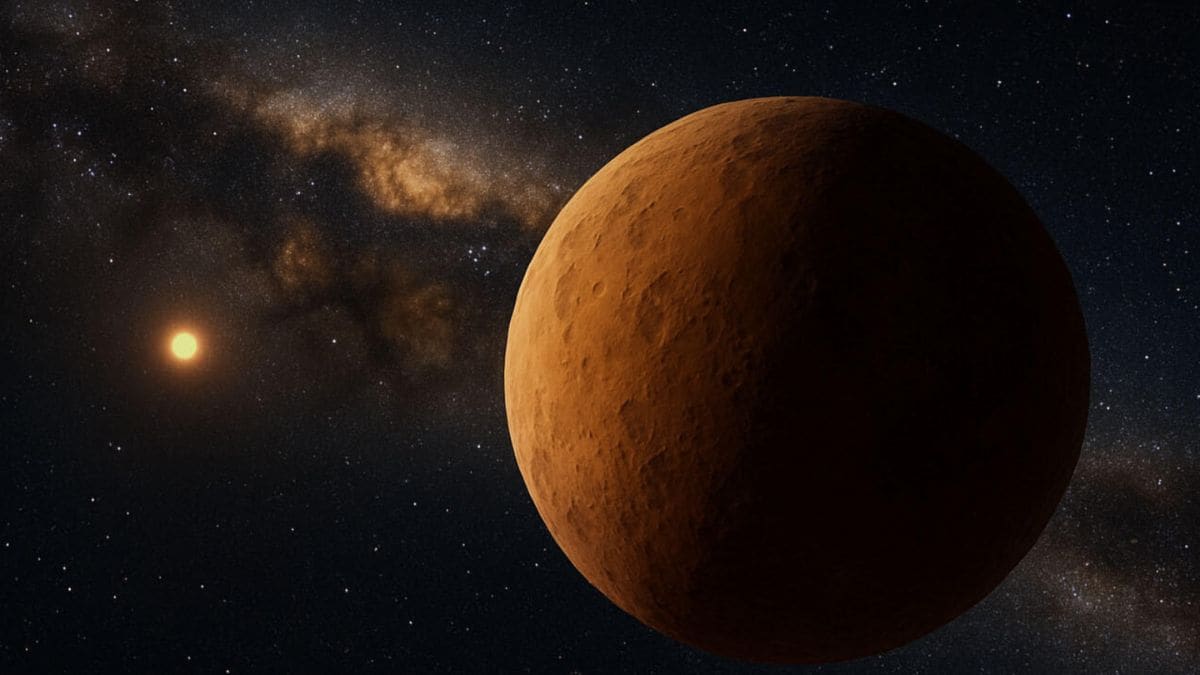A rare interstellar object has been spotted in our solar system, making it the second known object to cross over from outside our cosmic neighbourhood and arrive near our planet. 3I/ATLAS is seen here while about 290 million miles (465 million kilometres) from Earth, when it was journeying inbound on its trip to our vicinity of the solar system. This icy wanderer, first detected by the ATLAS survey on July 1, marks just the third known object from beyond our solar system to be identified, following in the cosmic footsteps of 1I/'Oumuamua and 2I/Borisov.
Massive Interstellar Comet 3I/ATLAS Offers Rare Glimpse Into Alien Planetary System Origins
As per a statement from the National Science Foundation's NOIRLab, which oversees the International Gemini Observatory, 3I/ATLAS offers a valuable chance to study the building blocks of alien planetary systems. “The sensitivity and scheduling agility of the International Gemini Observatory has provided critical early characterisation of this interstellar wanderer,” mentioned NSF program director Martin Still. At an estimated 12 miles (20 km) in diameter, 3I/ATLAS is much larger than its predecessors, making it easier to analyse.
Images show the comet with a bright, compact coma — the envelope of dust and gas surrounding its core — and other data suggest it could be older than our own solar system. Believed to have originated from the Milky Way's outer thick disk, 3I/ATLAS may hold clues to the conditions in far-off star systems that once harboured it. Though the discovery is thrilling to some, the comet poses no threat to the Earth as it makes its fleeting visit.
Comet 3I/ATLAS is expected to make its closest pass by the Sun on Oct. 30, when it will fly 130 million miles inside the orbit of Mars. It comes closest to Earth in December, when it is 170 million miles away. Because of its odd orbit, it's never coming back.
Astronomers around the world are turning toward a piece of an interstellar comet that broke off using a telescope too distant to study, by necessity, as a rare chance to probe the nature of an object from another star and its solar system of origin.

Comments
Post a Comment